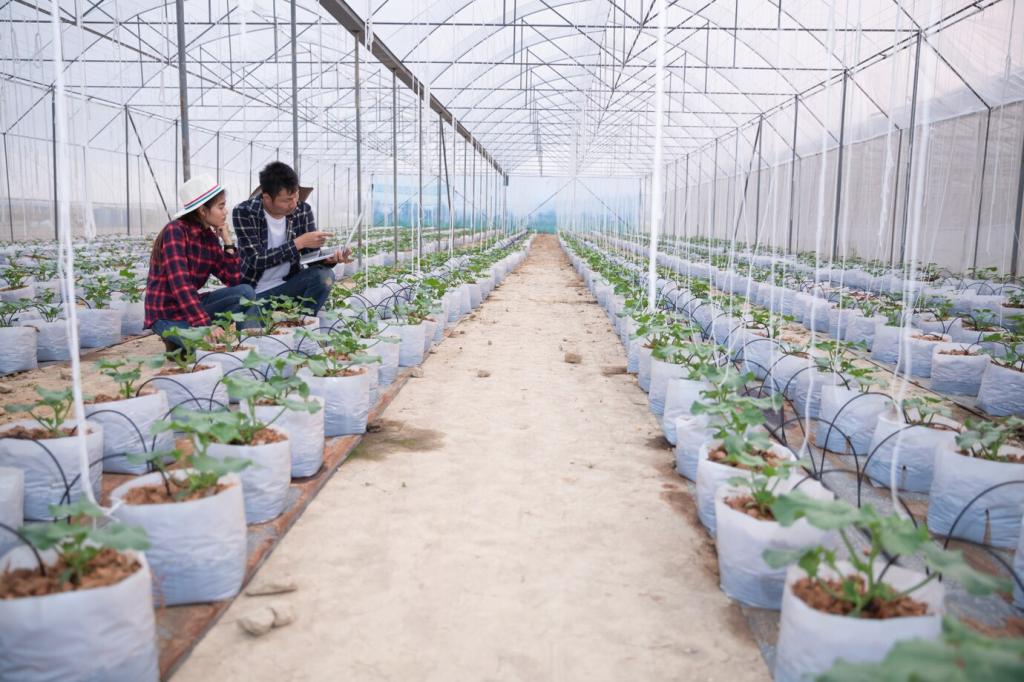This website uses cookies so that we can provide you with the best user experience possible. Cookie information is stored in your browser and performs functions such as recognising you when you return to our website and helping our team to understand which sections of the website you find most interesting and useful.

Sustainable Agriculture Techniques
Sustainable agriculture techniques are innovative and environmentally conscious methods developed to meet the needs of the present without compromising the ability of future generations to meet their own agricultural demands. These approaches prioritize the health of ecosystems, economic viability for farmers, and social responsibility to farming communities. By implementing practices that promote soil health, efficient water use, and biodiversity, sustainable agriculture addresses the urgent global challenges of climate change, resource depletion, and food security. The integration of scientific research with traditional knowledge enhances productivity while preserving vital natural resources, ultimately fostering resilient food systems that contribute to a healthier planet and society.
Conservation Tillage
Reduced Soil Erosion
Improved Soil Health
Carbon Sequestration
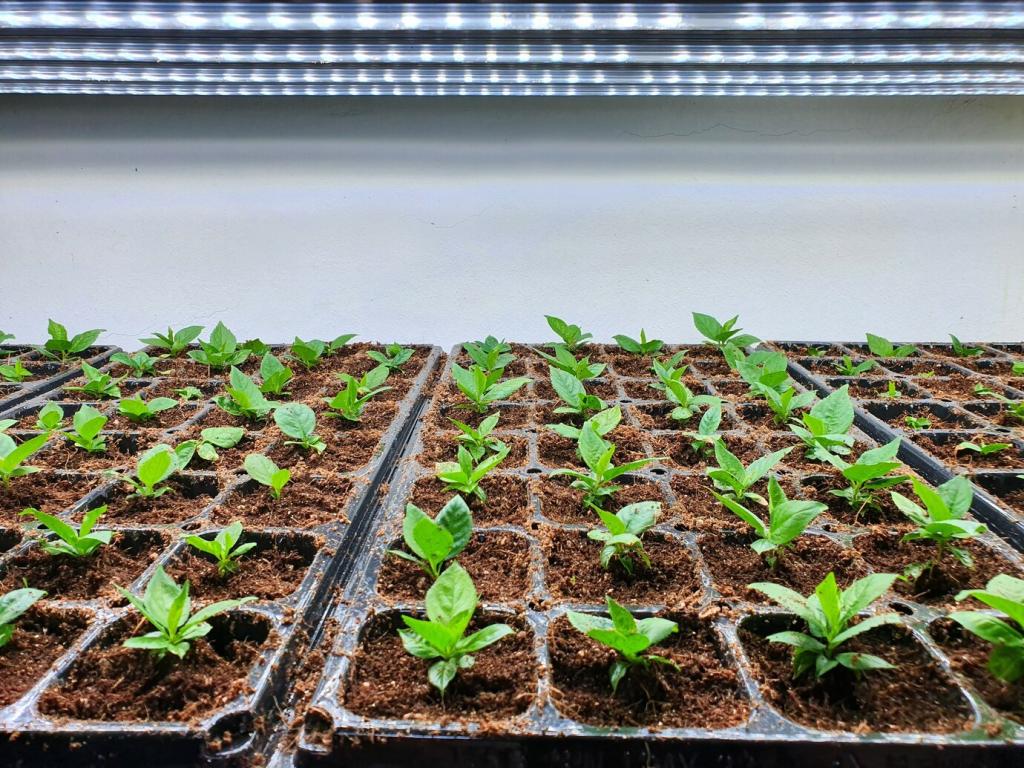
Integrated Pest Management
Monitoring and Prevention
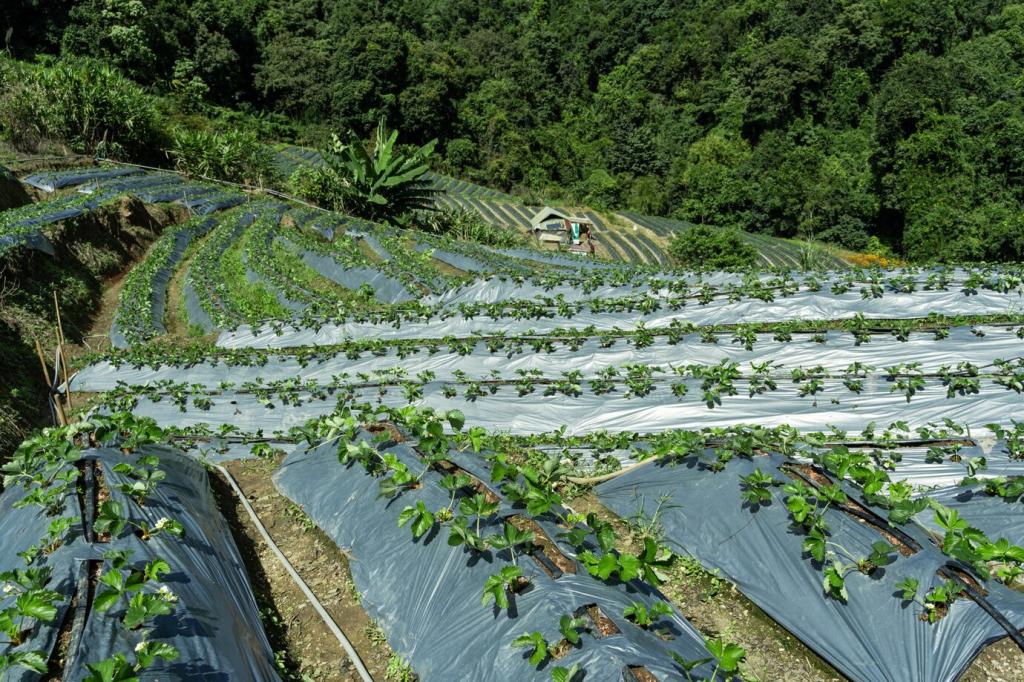
Organic Farming Practices
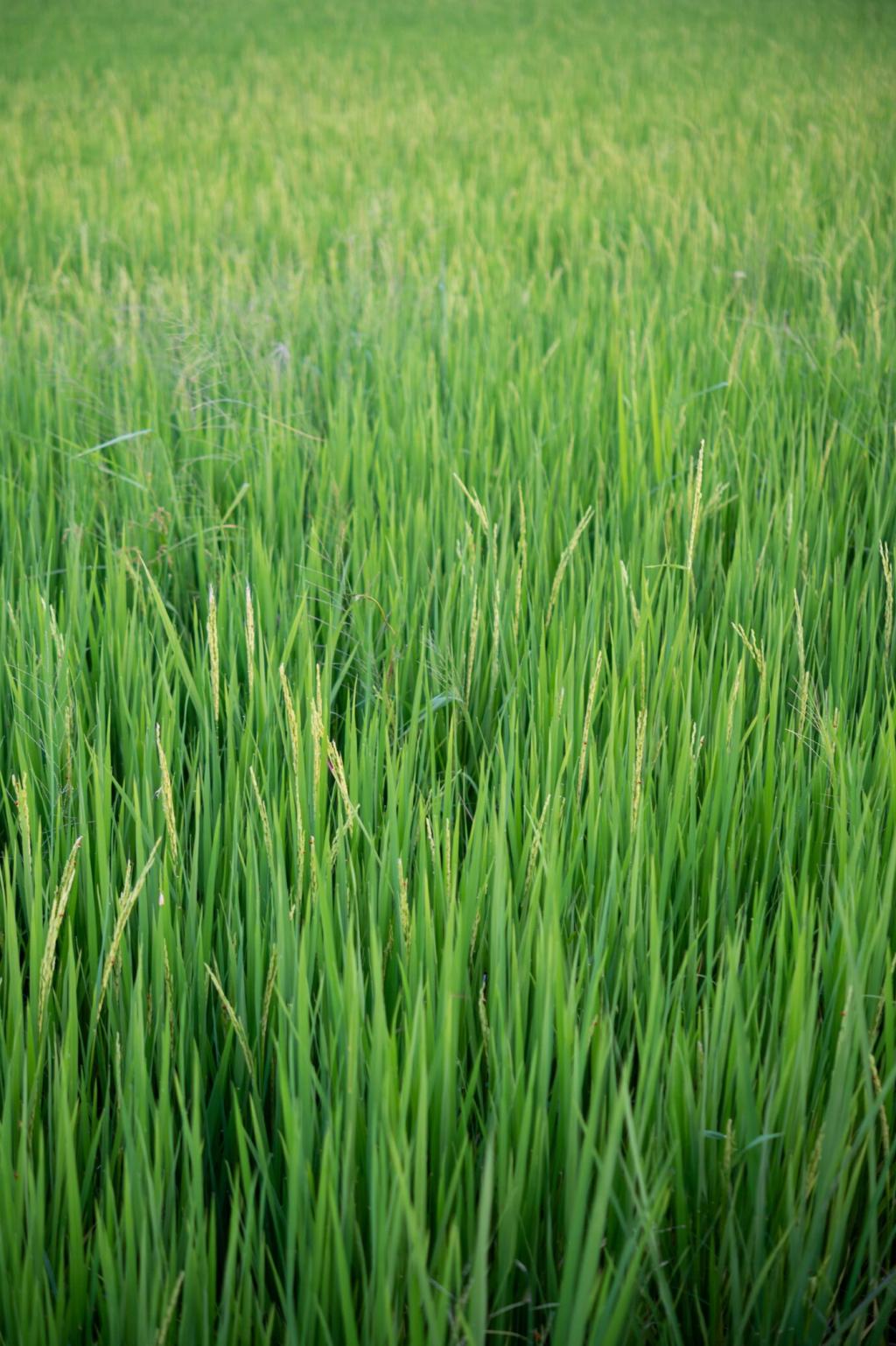

Agroforestry Systems
Enhanced Biodiversity
Soil and Microclimate Improvement
Diversified Farm Income
Sustainable Livestock Management

Rotational Grazing
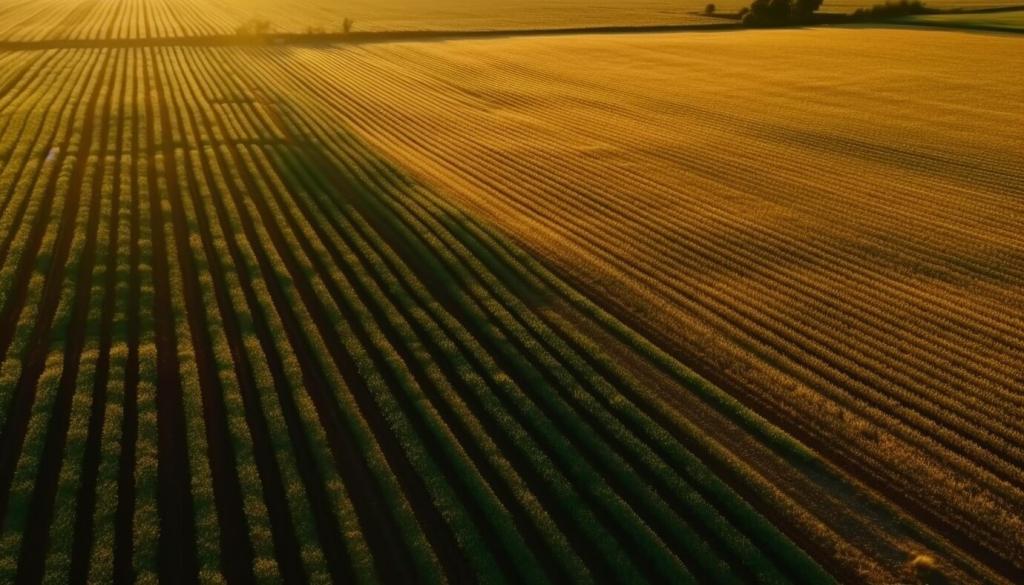
Waste Management and Manure Recycling
